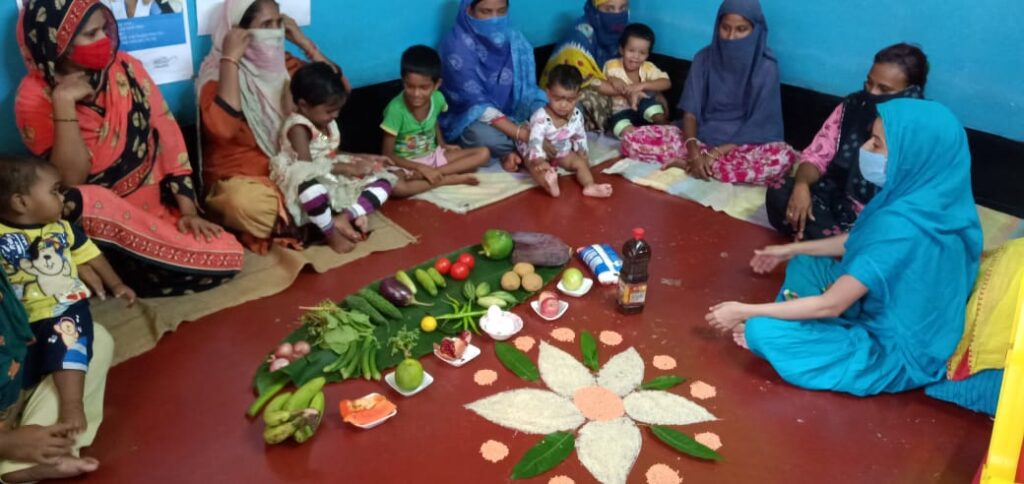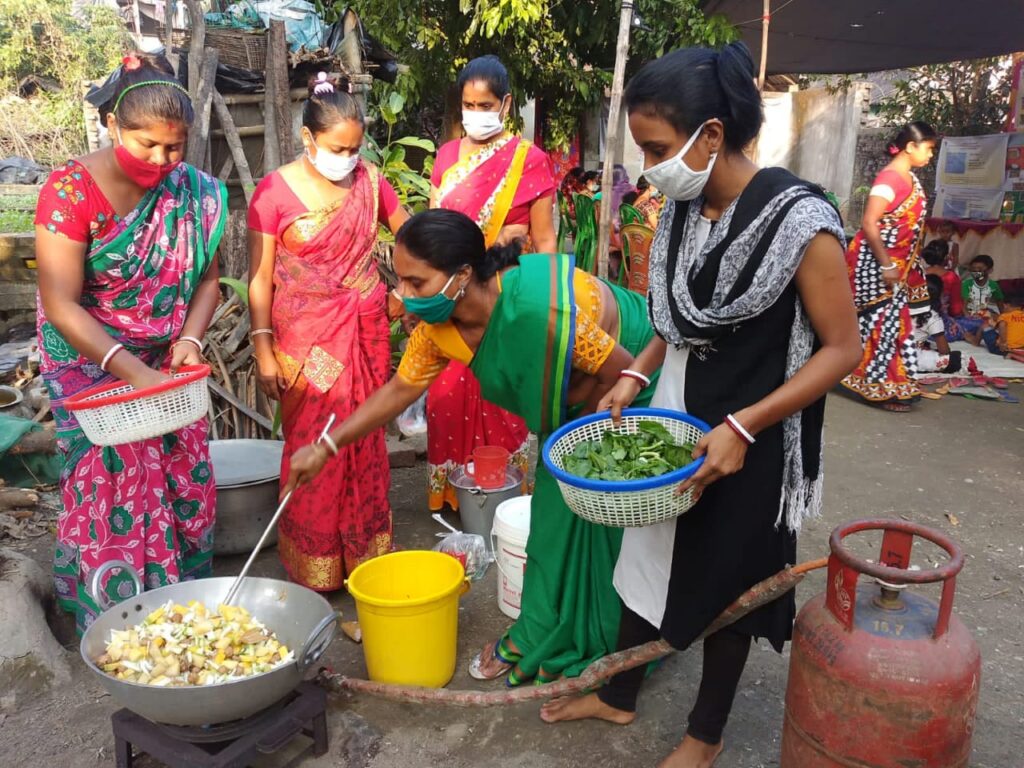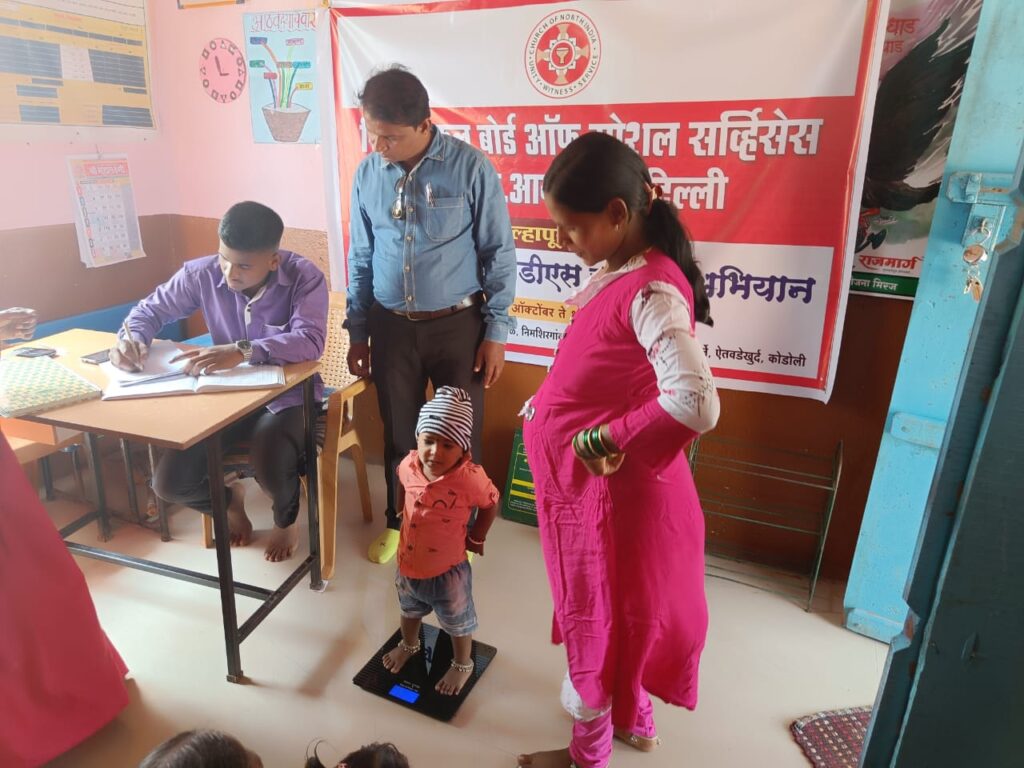The COVID-19 Pandemic has affected humanity at large. It is a contagious disease caused by severe acute respiratory syndrome coronavirus 2 (SARS-CoV-2). The first known case was identified in Wuhan, China, in December 2019. The disease has since spread worldwide, leading to an ongoing pandemic. It is making no distinction between rich and poor. However, the ability to withstand the attack of COVID-19 and the ability to overcome the distress caused by it varies from the rich to the poor, from the haves to the have-nots. People from marginalized communities like Dalits and Adivasis are impacted disproportionately, especially the women and children from these communities. The livelihood activities of the community have been adversely affected. Migrant laborers became jobless and initially, it became difficult for farmer families to go back to farming which led to deprived communities falling again under poverty. The associated issue of hunger and food security with poverty also started to pull down the health of communities, especially among women and children.
In the context of COVID-19 as well, optimal nutrition and dietary nutrient intake impact the immune system, therefore the only sustainable way to survive in the current context is to strengthen the immune system with good nutrition and a healthy lifestyle. Thus, to help in this direction, CNI SBSS is trying to develop a multi-level framework to support nutrition and food security in the community. One of our goals is to improve the nutritional situation of young children and women of reproductive age.
As a start-up, regular village-level Nutrition Campaigns are being organized in various project areas to enhance behavior transformation with community participation. These campaigns are organized in collaboration with ICDS Centres in the villages.
Awareness activities were conducted for the community through rallies and small workshops on nutrition and related topics like – 10 Nutrition Interventions, Role of ICDS, Types of Malnutrition, Kitchen Gardening, Food groups, Balanced diet and feeding practices, Breastfeeding, Complementary Feeding, Sanitation, and importance of Adolescent health. Different IEC materials like posters, banners, slogans, wall writings, etc. were used to teach the community along with role-plays, dance and song presentations and showing videos on topics related to nutrition and health. Interesting games, art and craft competitions, and other activities were also conducted to keep the awareness sessions interactive and engaging.
During the day, the Body Mass Index (BMI) of children between 0-6 years and pregnant mothers was recorded to track progress in their health. Nutritious food like vegetable khichdi cooked by local SHG mothers along with seasonal fruits was distributed.
Around 1238 mothers participated in the nutritional awareness and spot feeding program along with their wards. More than 737 children benefitted through this campaign. Overall, 2047 community members participated in the campaign.
Communities are also being supported to develop Nutrition Gardens to grow and consume nutrient-rich vegetables and fruits in their homes. This would ensure regular intake of nutritious diet at family level.









